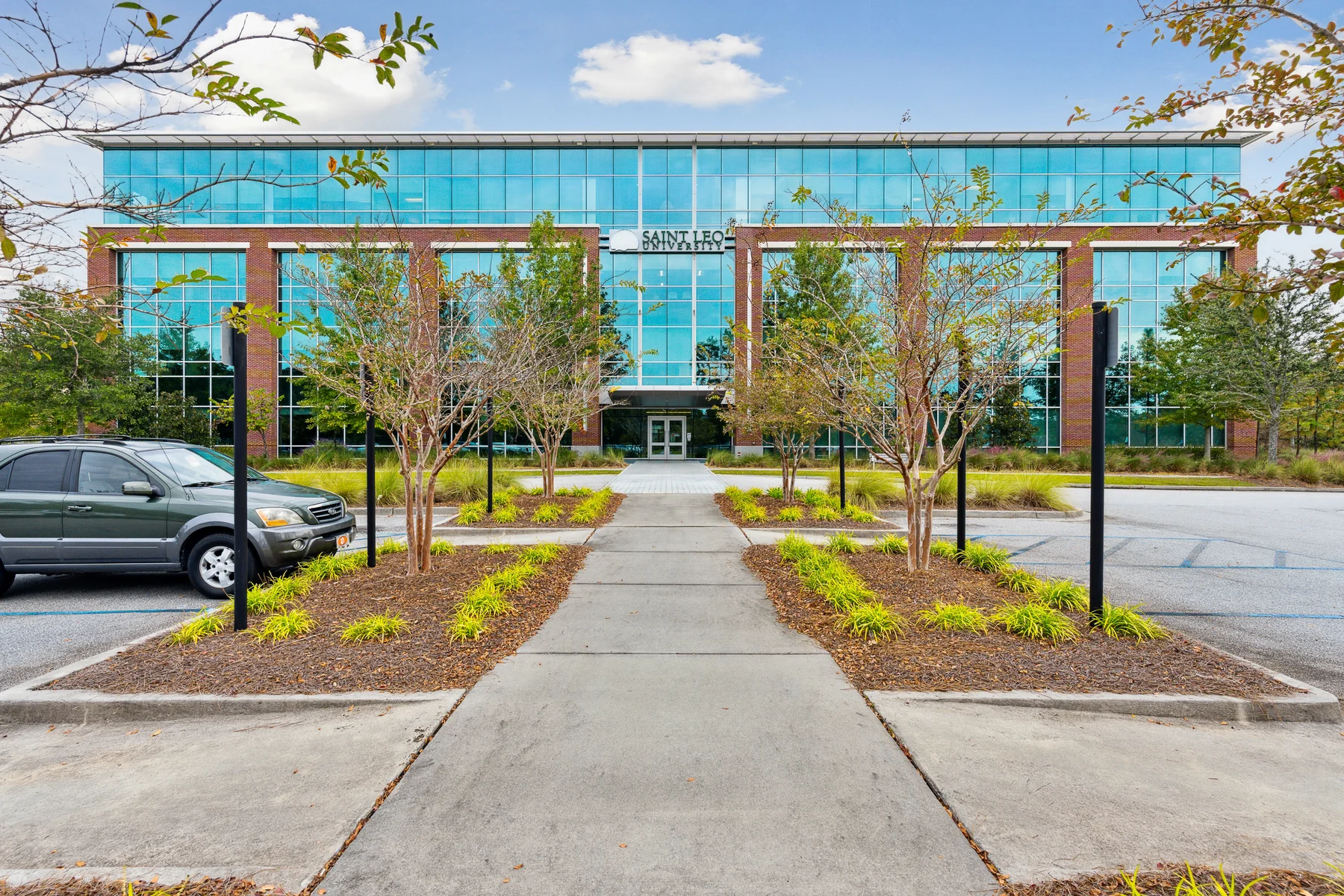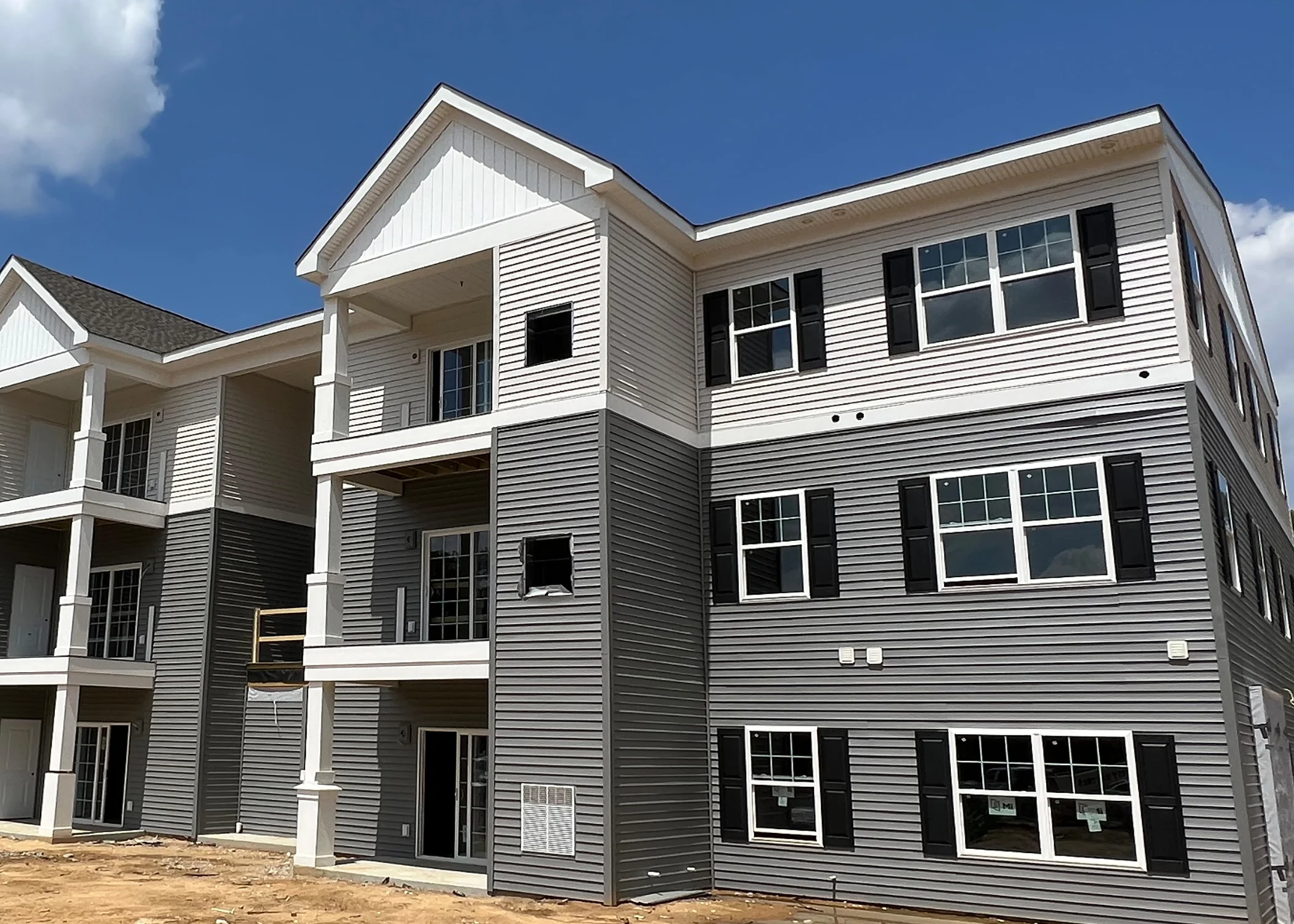Author Sir Thomas Browne says, “Rough diamonds may sometimes be mistaken for worthless pebbles.” This speaks to how a person can overlook and undervalue what truly is precious. In today’s real estate investment market, this idea has massive implications—if real estate investment firms are not analyzing the trends properly and lack vision and experience, they can miss out on attractive opportunities.
This is why potential and current investors wonder, “Where does JLAM see opportunities in private real estate investments?” We currently see two major areas of opportunity supported by macroeconomic dynamics. The first is the pending credit crunch associated with real estate financing dislocations. The second is in residential real estate, which is driven by the significant shortage of housing in the United States coupled with the growing population.
What is happening in real estate financing now?
The 10 consecutive rate increases since March 2022 by the Federal Reserve are one of the most significant drivers of changes in the lending environment, which, in turn, created tighter credit conditions to cool off inflation. Lenders have pulled back on the amount they are willing to lend because of increased regulatory scrutiny, creating higher capital and liquidity requirements. Combined with the deposit runoff—which is a function of depositors being afraid of bank failure and their ability to earn higher rates elsewhere—this is creating a generational opportunity in the credit space.
How does this create investment opportunities?
As a result, credit availability has already decreased significantly, and will likely continue for the next 1-3 years. Existing loans on commercial real estate that originated within the last 3-5 years are maturing. With higher interest rates, it’s become increasingly difficult to refinance these existing loans, as lenders are less interested in lending. When lenders will lend, they are offering less leverage at more restrictive terms. At the same time, real estate valuations are coming down, which, with lower leverage, creates an even larger financing dislocation.
As lenders continue to loan less money on real estate, it creates a financing gap in the capital stack. This gap presents an attractive opportunity to find quality real estate projects that don’t have a way to refinance, or even the ability to purchase existing mortgage notes at a discount from lenders seeking to offload loans. We’re able to access these opportunities because we have a well-established network within the real estate community as well as the lending community. Additionally, as a private credit lender, we have substantially more flexibility than traditional bank lenders. For example, we can take an existing note (purchased at a discount) and restructure the loan to include a primary senior loan for a portion of the balance coupled with a subordinate note, or even preferred equity, for the remainder of the balance. This ability to creatively structure (or restructure) financing solutions tailored specifically to the asset and business plan provides a significant advantage to borrowers seeking to keep their property, while enabling us to achieve equity-like returns at a lower risk. Similar opportunities exist for development projects that now have a gap in the capital stack due to lower leverage or higher project costs—these can be fundamentally great projects that simply were undercapitalized for current market conditions.
How can I get access to this big opportunity?
We expect the lack of available financing to create motivated borrowers, and lenders eager to offload their assets, which opens the door for a fund to fill the gap for the best projects. We also offer investors a key differentiator, in that the risk profile is further reduced by JLAM’s ability to take control in the event of default and unleash our operational expertise to protect our assets. This in-house capability is an absolute game-changer when it comes to downside protection.
We pair excellent people and process without bureaucracy, so we’re capable of capitalizing on near-term opportunities as they arise.
How does a tightening lending market affect development opportunities?
On the development side, there will still be opportunities for private real estate investments. We’re staying true to our core and remain highly selective of the projects we undertake. For us to consider a development, it needs to pass our incredibly high bar, which includes criteria like a favorable location, attractive physical attributes, and the ability to deliver a strong product/market fit. As noted in the introduction, the macro factor of a significant undersupply of housing units (estimated at 6.5 million units nationally, and 18,000-20,000 in Delaware) coupled with population growth provides a strong tailwind for the foreseeable future. We amplify this theme by focusing on regions and locations that draw people and employers, and by ensuring we’re creating a differentiated product to offer within these markets.
We believe rental housing—including traditional multifamily (apartments), as well as dedicated build-to-rent townhomes and cottages—offers an attractive investment opportunity when properly selected and executed. The demand for rental housing is multi-faceted: (i) as mortgage rates increase, people on the margin become more likely to rent than buy a home, (ii) new household formation provides ongoing new renters, and (iii) consumer preference across many age cohorts is changing to favor renting as the product better aligns with their needs (such as lifestyle flexibility, new product availability, and minimal maintenance obligations). As noted above, the curtailment in lending will reduce future new supply, providing further support for investment in housing.
There’s a caveat to this, though—national headlines aren’t always indicative of what’s happening in local markets. Therefore, it’s critical to have a strong understanding of the local market dynamics to find potential opportunities in private real estate investments. By maintaining such a high threshold for investment, we are able to only focus on markets where we have meaningful competitive advantages. We can then be selective and surgical with our investments to deliver results across any market cycle.
Is it too risky to invest in real estate?
Since JLAM was founded in 2011, our experience of de-risking transactions and structuring investments in a way to provide more stability has helped us identify unique opportunities others may not see. Our managing principals, Nick Hammonds and Doug Motley, have been investing in our target markets for over 10 years, and the relationships and history built over that time enable us to evaluate opportunities and select transactions accordingly. The unwavering priority of finding ways to de-risk and structure our investments enables us to protect and grow capital for our investment partners.
At the foundation of our approach to risk mitigation is ensuring our end-products—our commercial, multifamily, and residential assets—are the favored choice within the competitive set, which in turn leads to outperforming those alternatives. We do this by recognizing and harnessing the psychology of how people create attachments to the places they live and work, or carefully designing and creating places where people want to be. When executed correctly, this flywheel strategy generates more revenue, faster sales and leasing, higher occupancy, and ultimately more profit.
Our approach consistently provides a significant economic advantage. Case in point, we have deployed over $500 million in capital since 2011, developing over 3,000 units and 1+ million square feet of commercial real estate. We’ve delivered an average Net IRR of 20.8% and an average 1.92x Net Multiple, which has led to very satisfied investors as evidenced by our investor re-up rate approaching 100 percent.*
If you’re interested in learning more about where we find opportunities in private real estate investments, schedule an appointment with us.



